It's Colombia, Not Columbia: Infrastructure and Conclusion
Medellin, Colombia. A city of huge contrasts. A city with a dark history that has transformed itself wildly in the span of less than two decades. A city that went from the murder capital of the world and the epicenter of a dangerous illegal drug trade to one with a modern and innovative transportation system rivaling its neighbors in the region and providing access to the most marginalized neighborhoods.
A city where recent wealth ascension and transit growth has led to dramatic increases in traffic and pollution. A city where lax laws on prostitution combined with safer streets across Medellin and an influx of foreign travelers allowed for a rampant uptick in sex tourism that is only very recently being remedied and combatted by the local neighborhoods and businesses. A city where the biggest crowds en masse witnessed during my visit were not at a museum, public park or even crowding into the rush hour metro, but at the visiting gates to the San Cristobal Penitentiary on a sunny Sunday afternoon.
With economic and urban development it often seems that when one ill is corrected or innovation implemented, another problem is exposed. This certainly appears to hold true for Medellin. But even with all the woes - most of which are typical of any developing nation - Colombia remains a beautiful country. One with an abundance of natural resources, extremely fierce pride from its citizens and a government that seems genuine in its desire to innovate infrastructure, economic and social policy for the benefit of all its people.
I was asked many times both before and after my trip, “why Colombia, why Medellin?” The following aims to explain exactly why I chose to visit this complicated city filled with so much character. Despite some inconveniences and at times troubling realizations, I am undoubtedly happy to have had the opportunity to gain a sliver of insight into Medellin and Colombian culture.
This is part III that focused on infrastructure and transit. If you missed them check out part I on food and culture part II on cycling or click the links below:
Infrastructure
It’s worth discussing the infrastructure more broadly as this was one area of blossoming change that was obvious to witness across the city. Built from the bottom up, from the poorest neighborhoods first, the transportation projects have been designed to give access and opportunity to those who couldn’t amass the wealth on their own. Starting with a plan in the 1950s that eventually got funding and approval in the 80’s amidst efforts of political and urban advocates including several Medellin mayors and Echeverri, an urban planner who advocated for this type of progress, the aim was to build and provide access, schools, and jobs to the poorest neighborhoods and connect the barrios to the greater Medellin city.
Mass Transit
The transit system was designed beginning in the 80s with the first metro Line A completed in ‘96. The design was enlisted to serve the most marginalized neighborhoods who would receive the most touch points and access to transit into the city. This provided an increased labor supply in the metropolitan area and as well as a way out of the ghettos and gang life in the hillside fincas. The system began with two metro rail lines and was soon followed by the metrocable (gondola) lines that travel up the hills where previously residents would have to brave a grueling trek down -- and more precariously back up -- the mountainside in order to work in the city proper. Prior to the cable car line erection this would often mean walking or perhaps biking once the bus lines hauled no further up the hills. More recently, in 2015 they added a tram line that cut through the Buenos Aires neighborhood to connect the East-West line B further East up towards the Orient in the direction of the airport (future plans include an extension directly to the airport). Though not officially a part of the Metro system, I suppose the electric escalators in Communa 13 are worth mentioning as they serve as an integral transportation point up the hills of the San Javier barrio. The system in full created enormous opportunities for many residents and aided the overall development and economic flourishment throughout Medellin.
Traveling along the system was not only inexpensive but also very straightforward even for a foreigner. In the span of a few hours we were able to traverse the city using all forms of transit from metro to cable car to bus. The low fare price also makes the system extremely accessible to those from the more far flung and poorer barrios across Medellin. The cable cars, while designed foremost for those residents up the valley, also conveniently serve as a great and initially unintended tourist attraction (though one line, L, was designed in particular to draw in tourists visiting Parque Arvi) providing sweeping bird's eye views of the entire valley from different vantage points across 4 separate lines - soon to be 5 as the Metrocable rapidly expands. A trip up and down the cable car alone would prove a worthwhile activity for travelers to the city.
Library Parks
The vision of mayor Sergio Fajardo (2003-2007), these multi-purpose entities were built around the city as a symbol of resurgence in neighborhoods tormented by Escobar’s reign. These projects were also targeted as a free space for working and studying, providing opportunities for education and cultural development. The Library de Espagna, the most well known of the 10 in total, sits atop Santo Domingo and provides a respite and resource for a community in one of the city’s poorest neighborhoods. And yet 7 years after the erection of the modernistic feat of architecture, its hastily built facade threatened collapse and its walls all too soon were taken down.
To this end, when we arrived at the end of the K line, the first-built cable car completed in 2004, we expected a bustling atmosphere atop the hills with a welcoming park leading to a vast library as we had seen in pictures and all the guide books. Instead we were greeted with some bewildered stares, workers going about their days, and a few lonely vendors selling fruit. Were we in the right place? We conspicuously twirled our fancy phones in circles attempting to pinpoint the correct direction to lead us to the park all to discover that there was no library to visit. It had been taken down for the aforementioned repairs. Nowhere in my extensive reading about the site was there mention of ongoing construction or closures, which upon reading a small billboard in the distance seemed to have been happening for over a year without a clear end date in sight. I felt a bit dejected - this was supposed to showcase Medellin’s symbolic triumph from oppression and provide a lovely mid day rest stop and photo opp. Not to mention the itinerary for the day had been ‘mine’ to plan after Matt took control of the particulars on the bike routes.
Communa 13
Though the distinction among the barrios as most dangerous seems to be contested and perhaps even seen as a point of distinction in several competing communities, Communa 13 probably receives the most press. Once known to be a breeding ground for Escobar soldiers, gang formation, and conflict with both the government and right-wing paramilitary, Communa 13 has also become a particularly prominent stage for peace efforts against violence. While the various tours through the escalators that now dot the neighborhood may paint a rosy picture - particularly when guided by local tourism or youth peace groups - it's hard not to wonder what truths lie beyond the beaten path. We read stories implying that gang activity and violence isn’t so much curbed as more inconspicuous to the peering eye and the youth of the barrios are still enticed to join gang ranks despite so many efforts to provide them with alternative, safe and productive outlets. One such youth program we became familiarized with firsthand on a tour was the Casa Kolacho, which introduces kids to creative outlets in the form of Hip Hop and graffiti art.
I certainly didn’t feel at danger while meandering through the graffiti adorned walls. In fact walking through Communa 13 almost felt like one of the safer neighborhoods we visited - one that I would feel comfortable touring on my own. But we can’t ignore the fact that lying beyond the ‘tourist’ trail littered with security guards there are people struggling with the push and pull that accompanies the continued evolution of economic and social progress in Medellin.
Despite some lingering questions and uncertainties, there was definitely a strong sense of pride in each of the barrios that we visited and with all of the residents we spoke with. They all want to make their neighborhoods safer and more welcoming. Ultimately, like the vast majority of Colombians we encountered they have an intense pride in their community.
In conclusion
There are parts of me that left Medellin feeling uncomfortable and disappointed. Perhaps it’s because it’s easy to envision the city as the perfect model of transformation but reality is seldom that easy. Instead, violence and strife still lurks in Medellin - as it does in many emerging metropolitan areas - as the challenges left from the city’s troubled past cannot be expected to be entirely resolved in a matter of years and progress is rarely without it’s own trade-offs (air pollution for example). But overwhelming any sense of imperfection is the simple fact that Medellin remains a beautiful if slightly tarnished city. A city to be seen, to be explored. A city that is so much more than a backdrop for a television show. If you’re considering a trip to Medellin go there. Bring a bike. Bring an empty stomach. Experience the warmth of the city and it’s people.
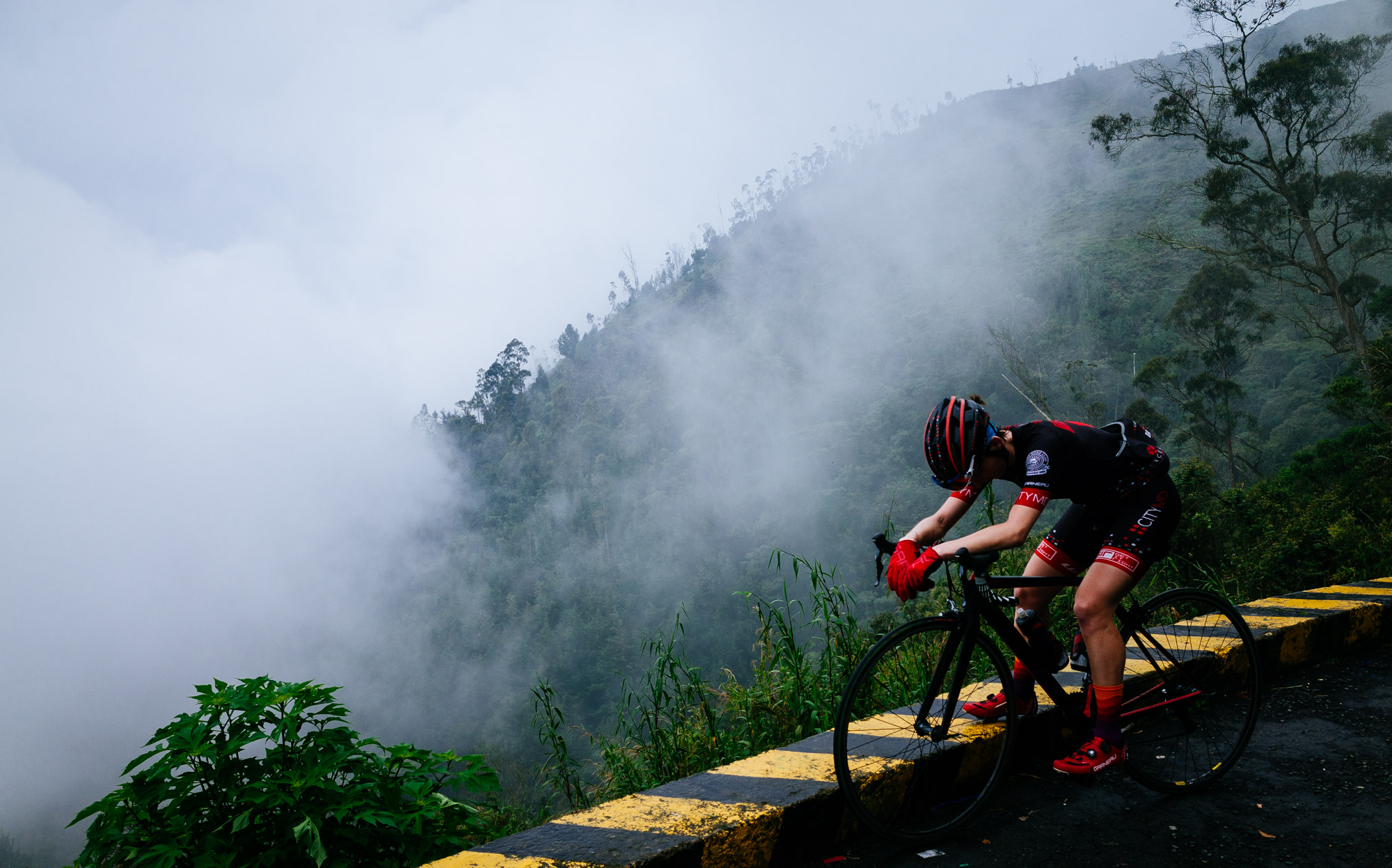
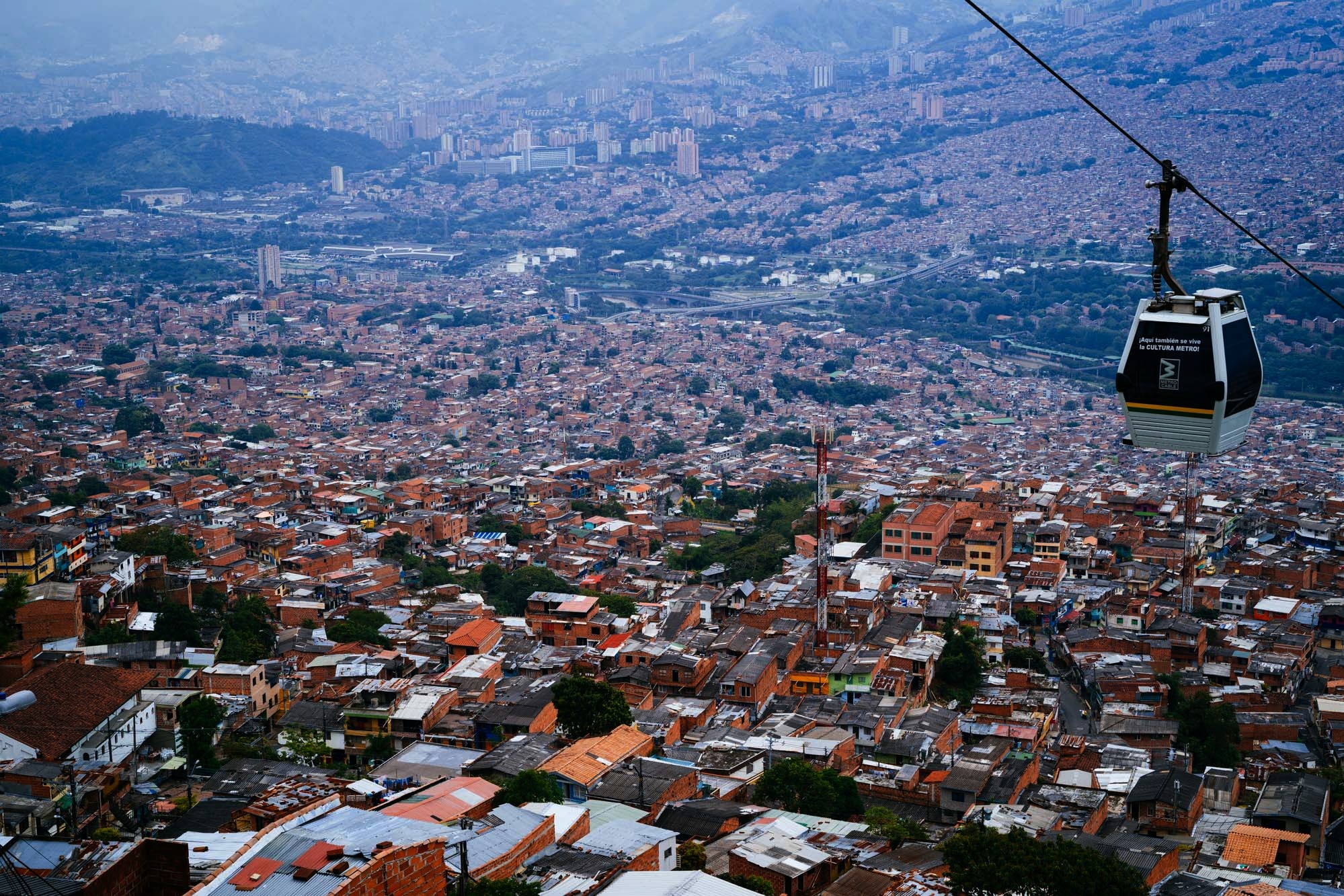
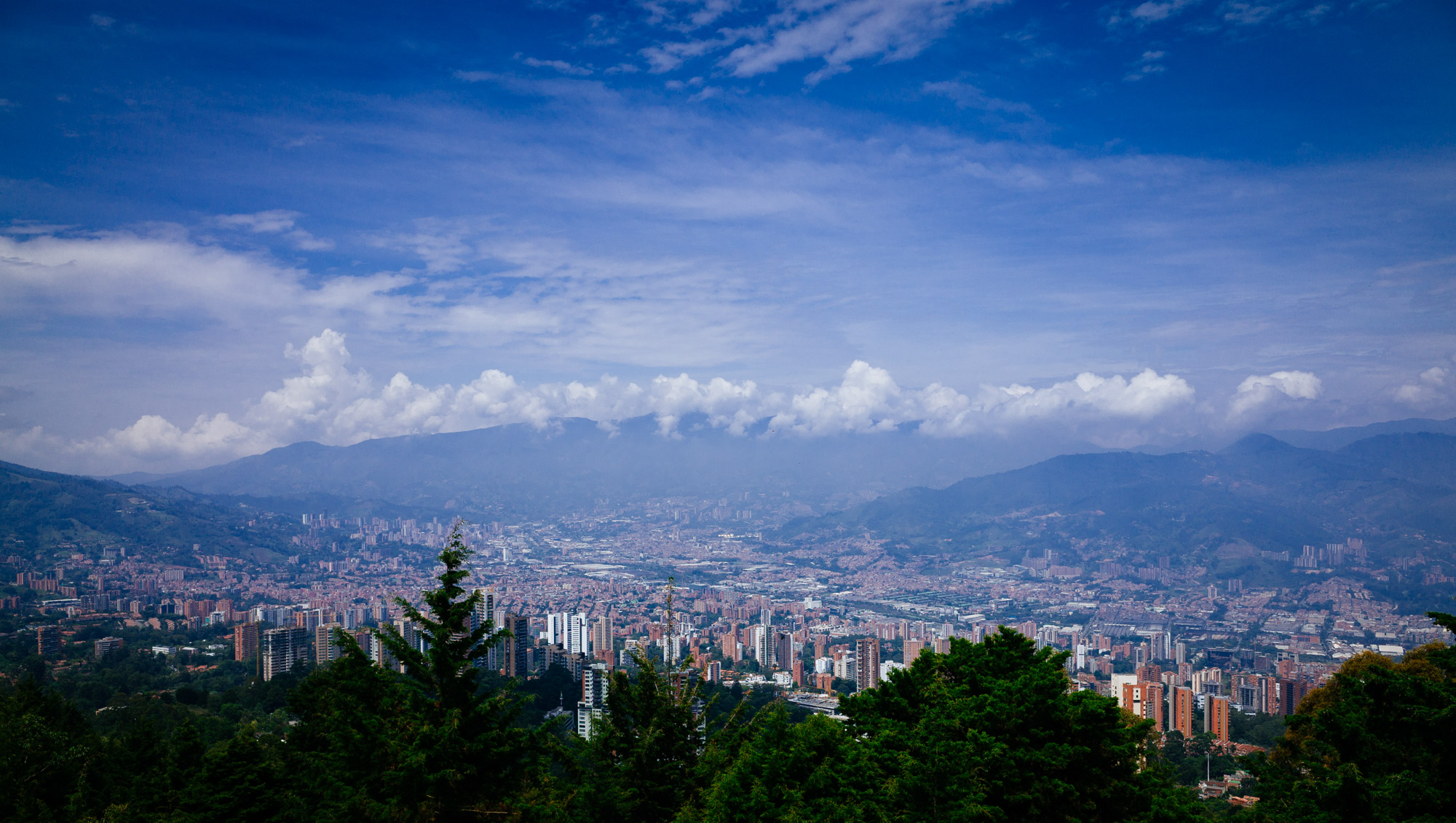
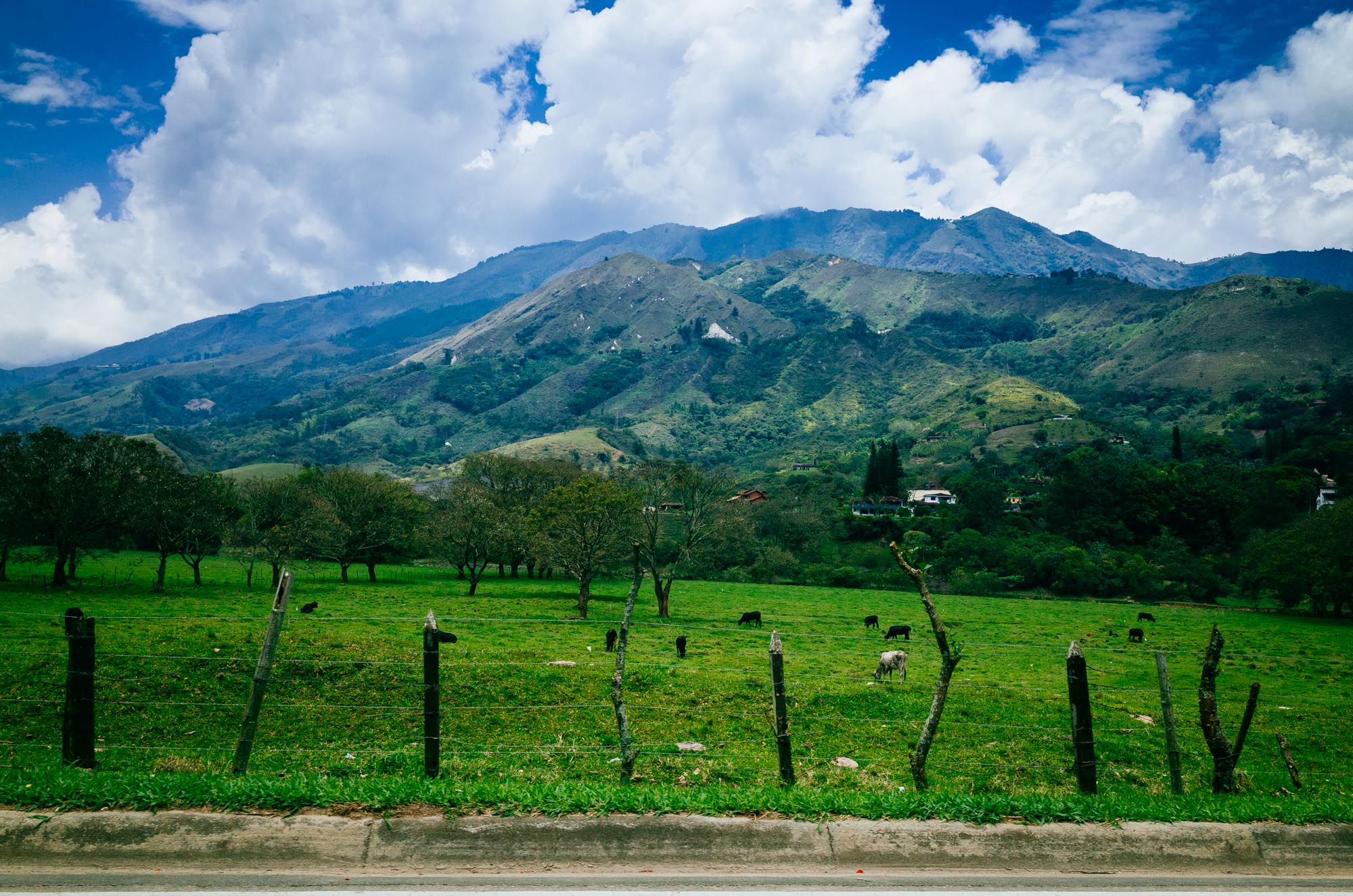

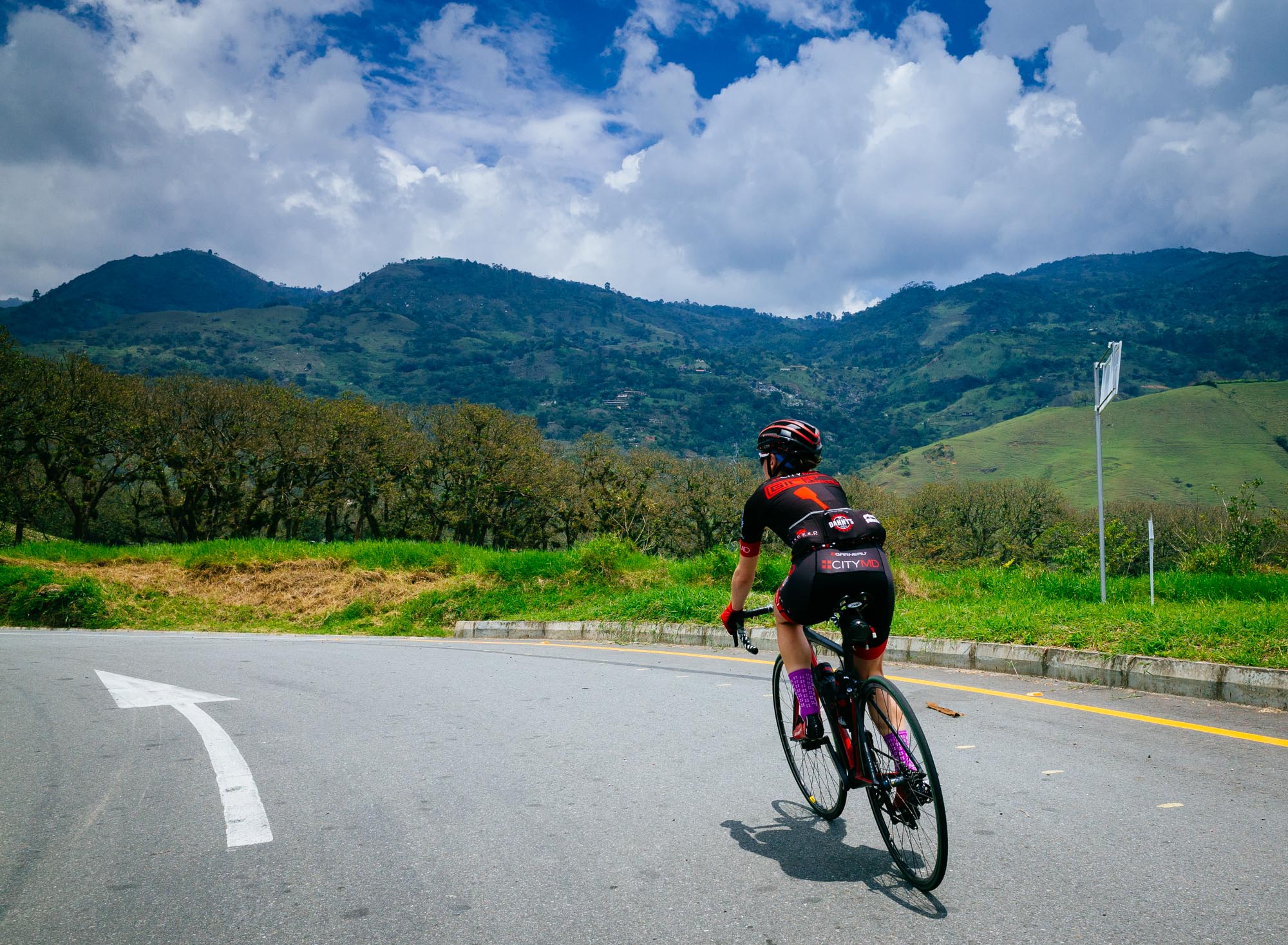
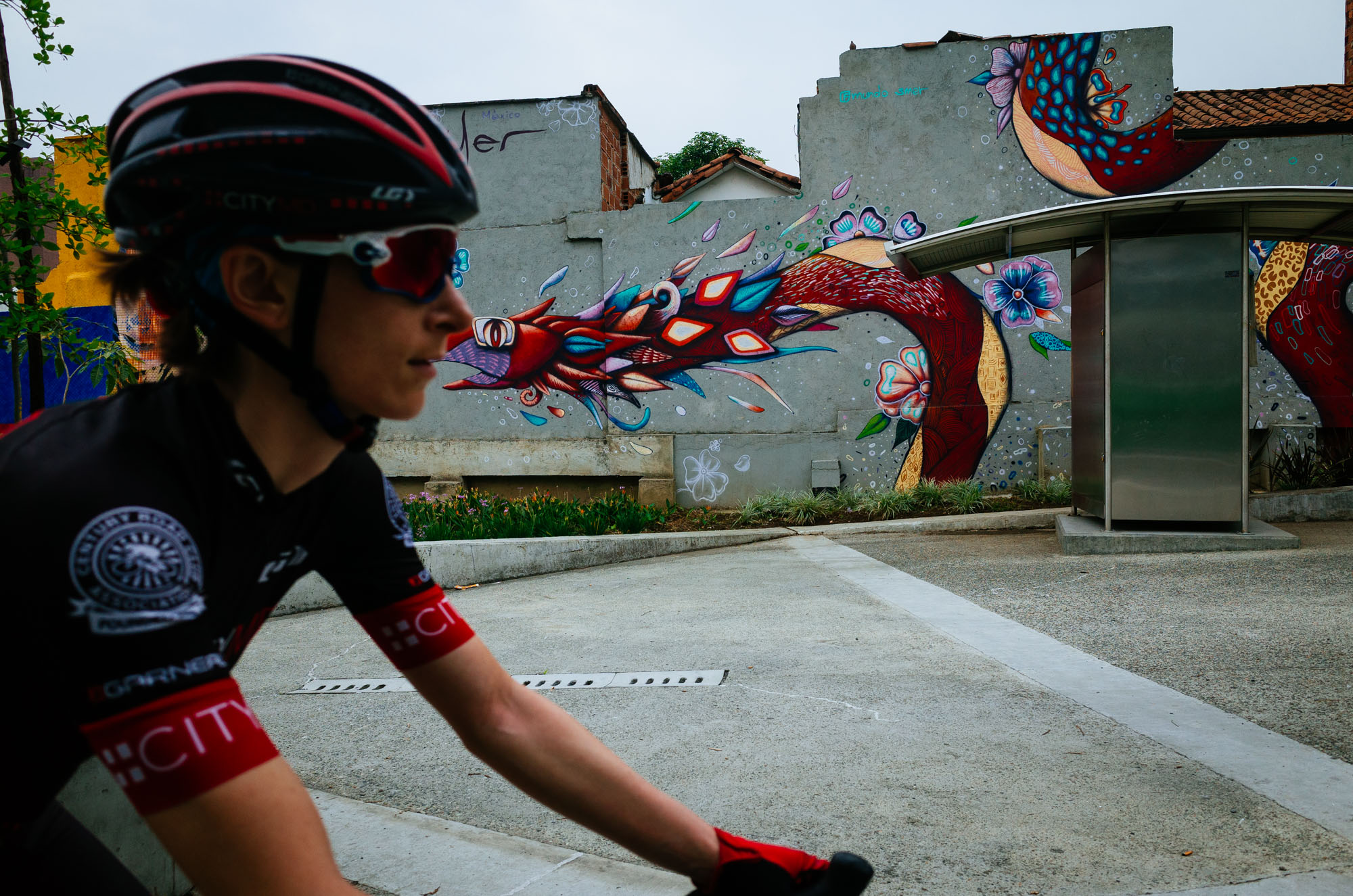
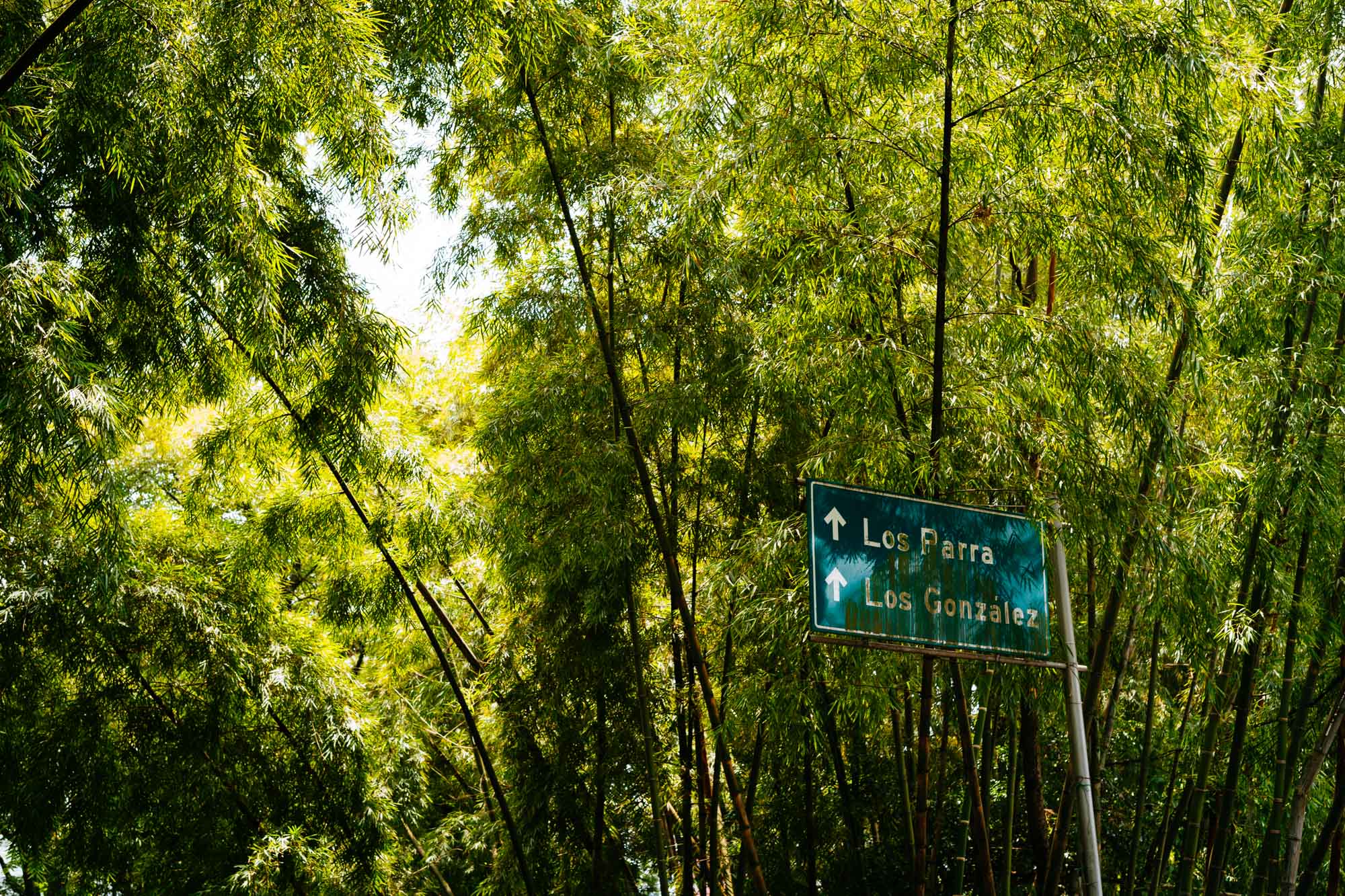
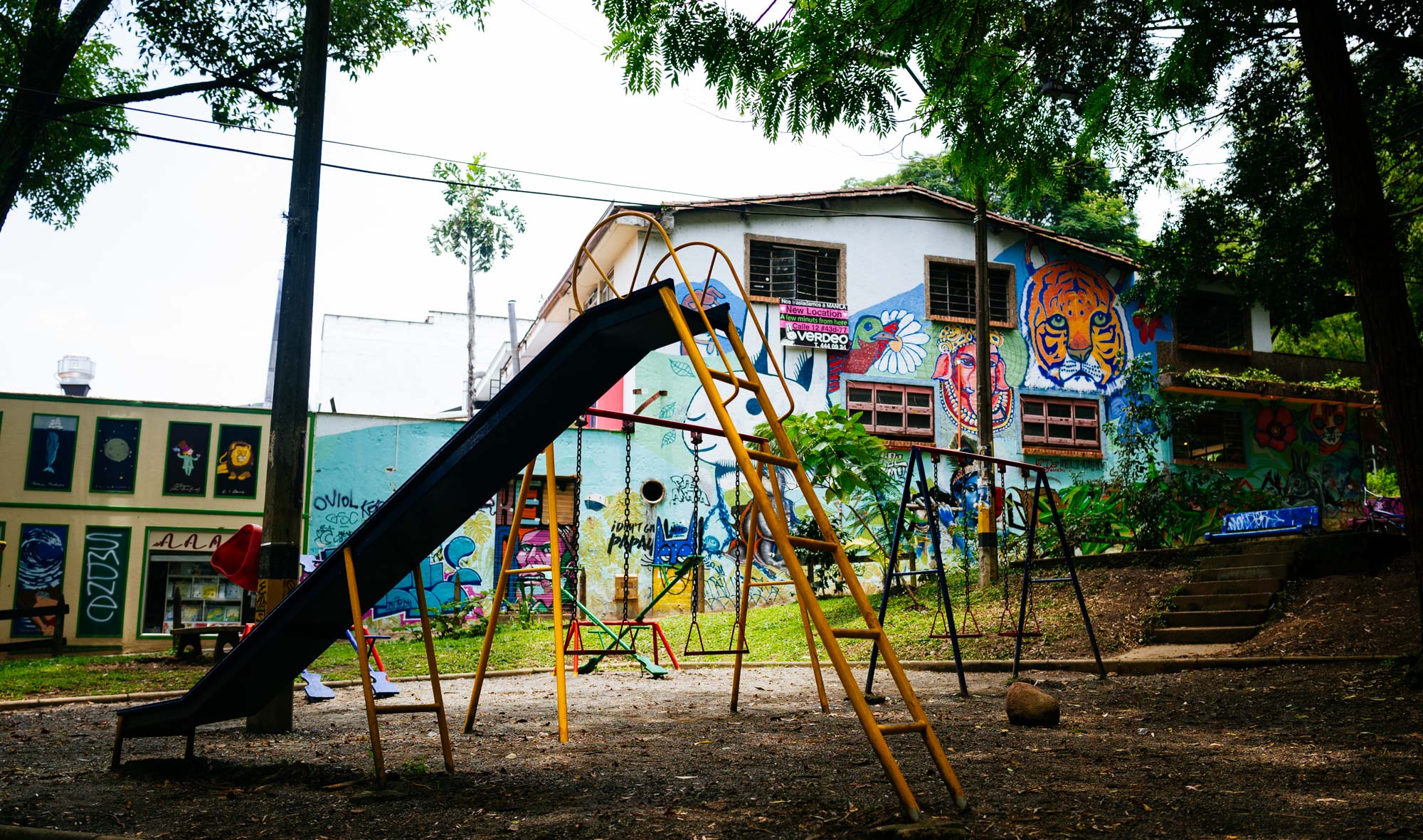
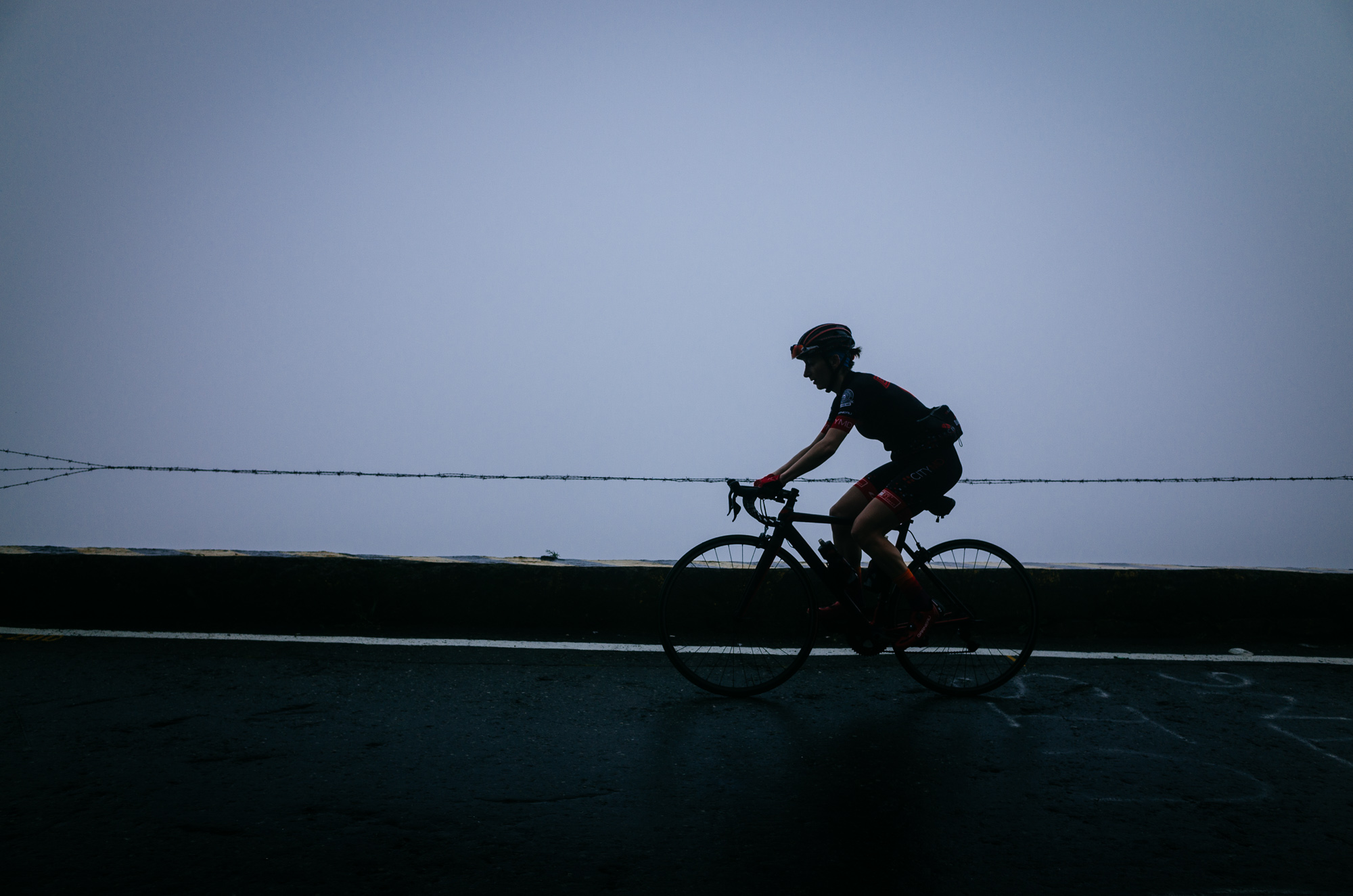
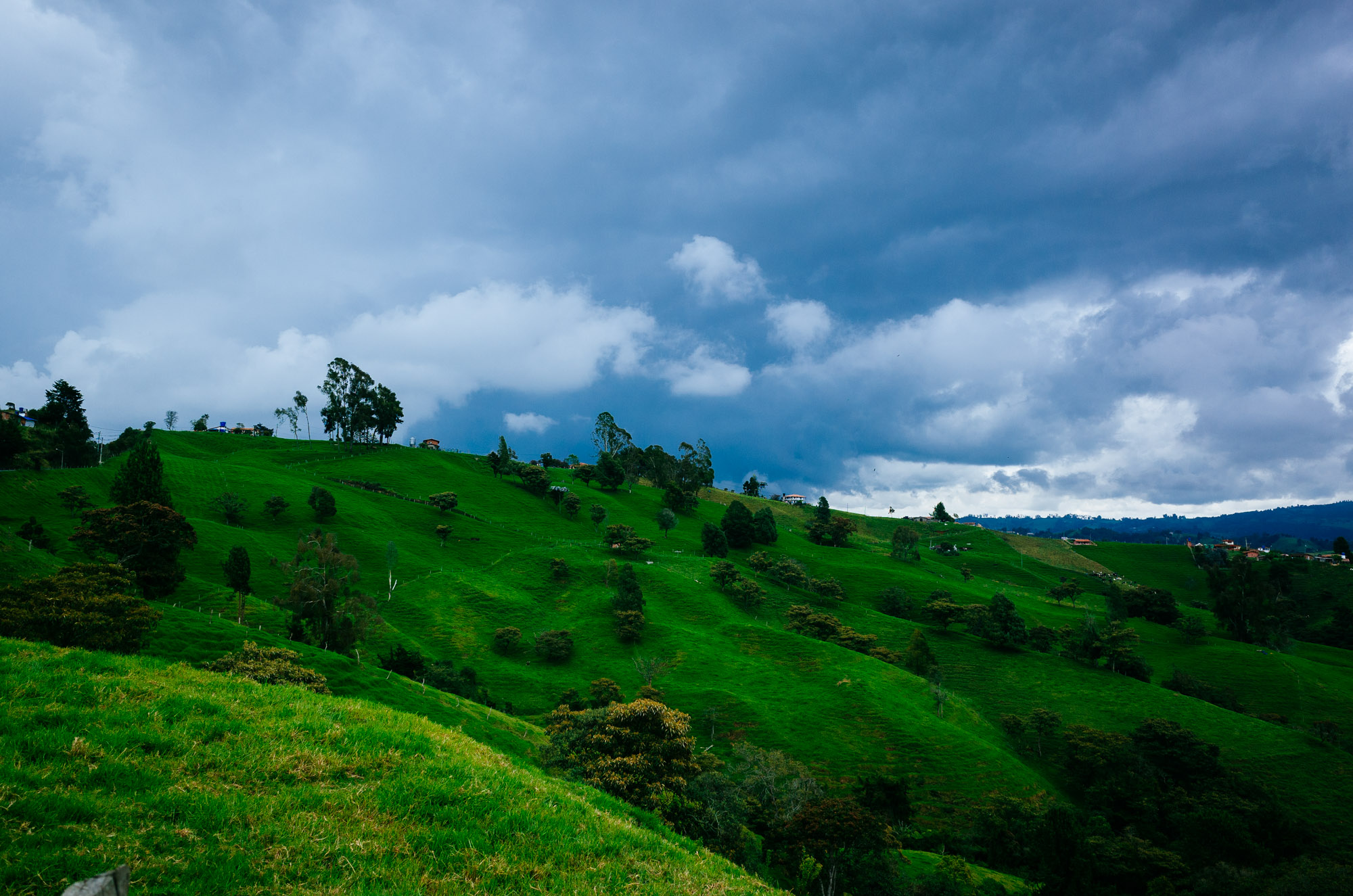






























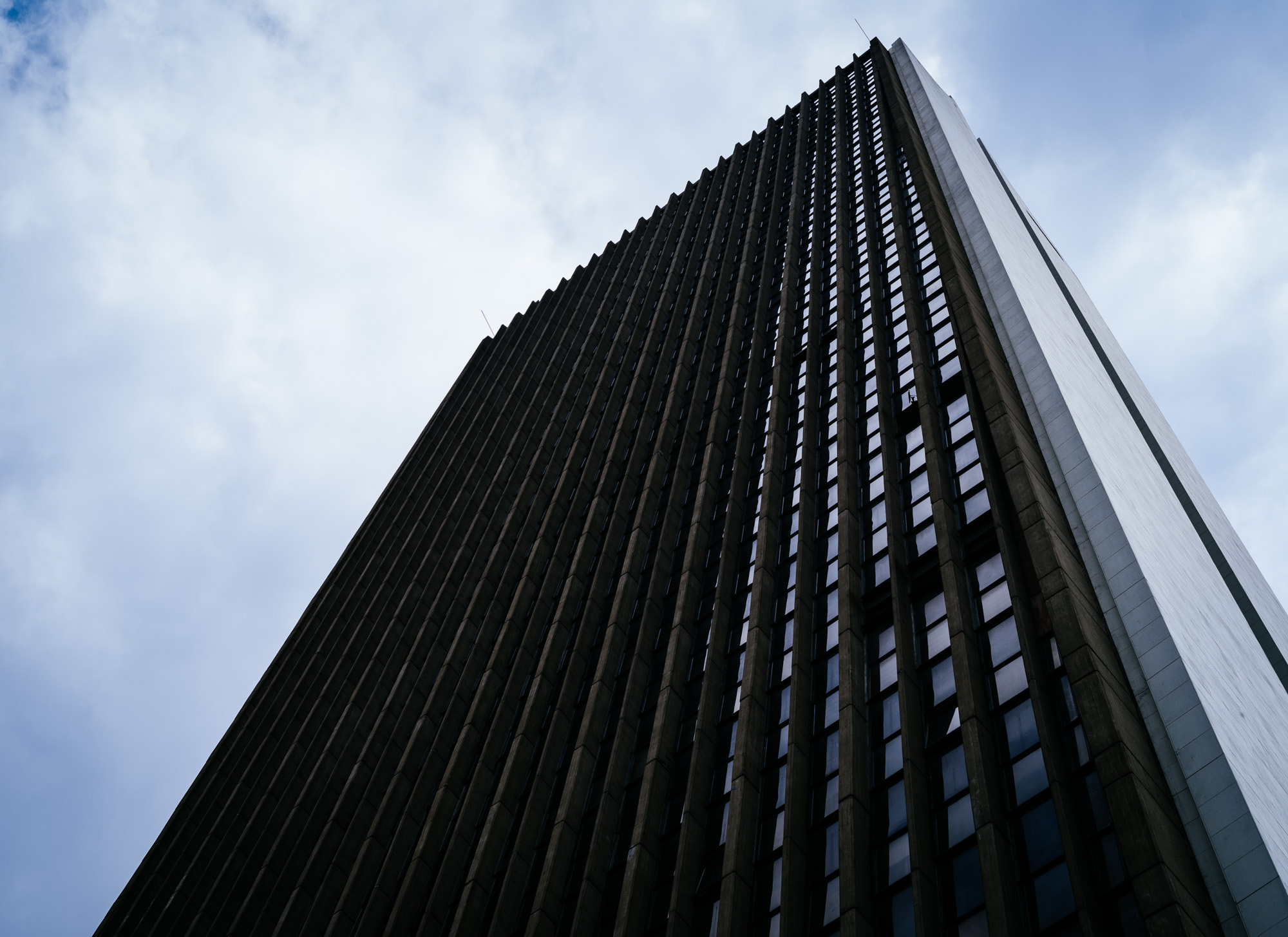








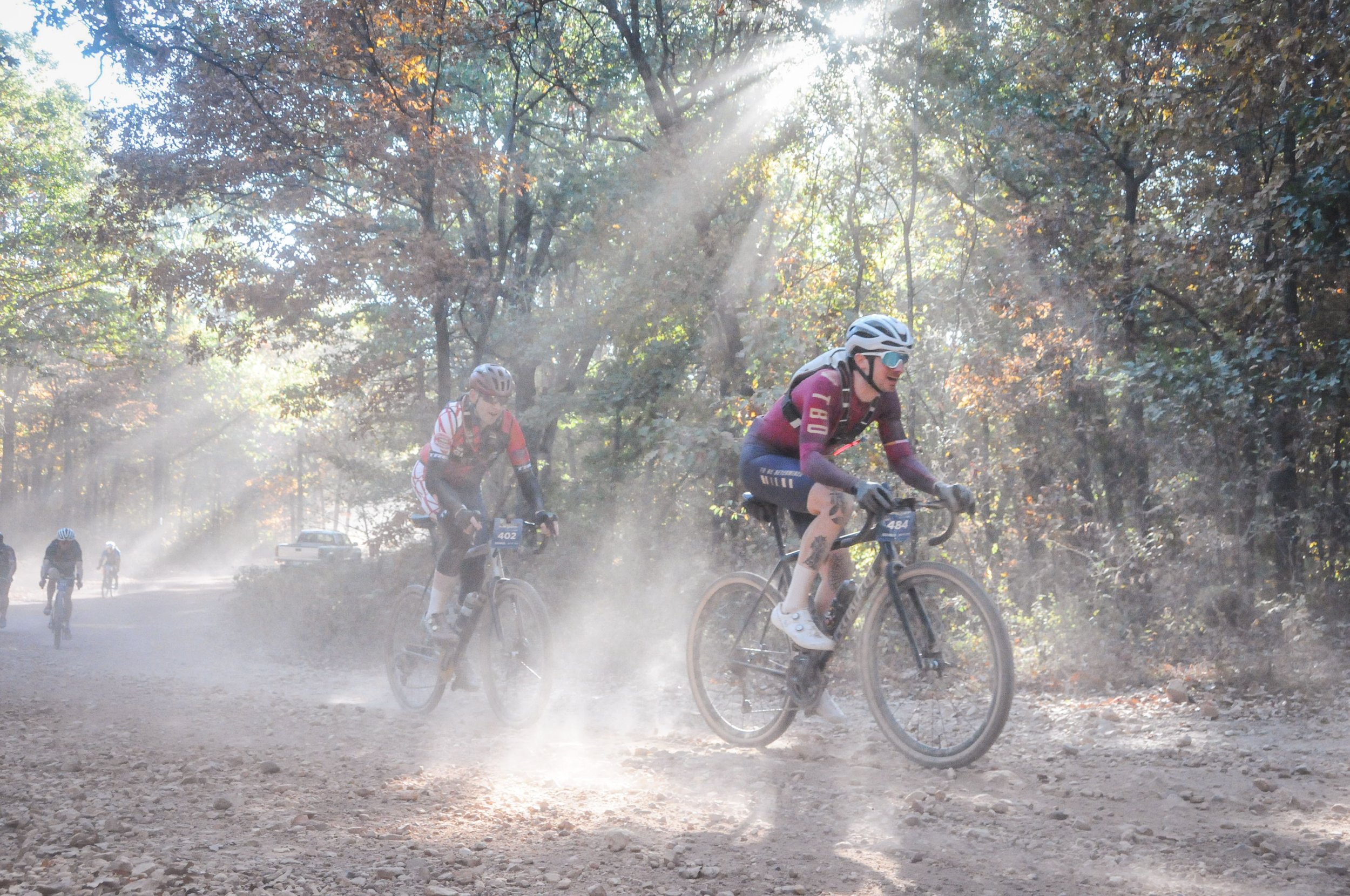
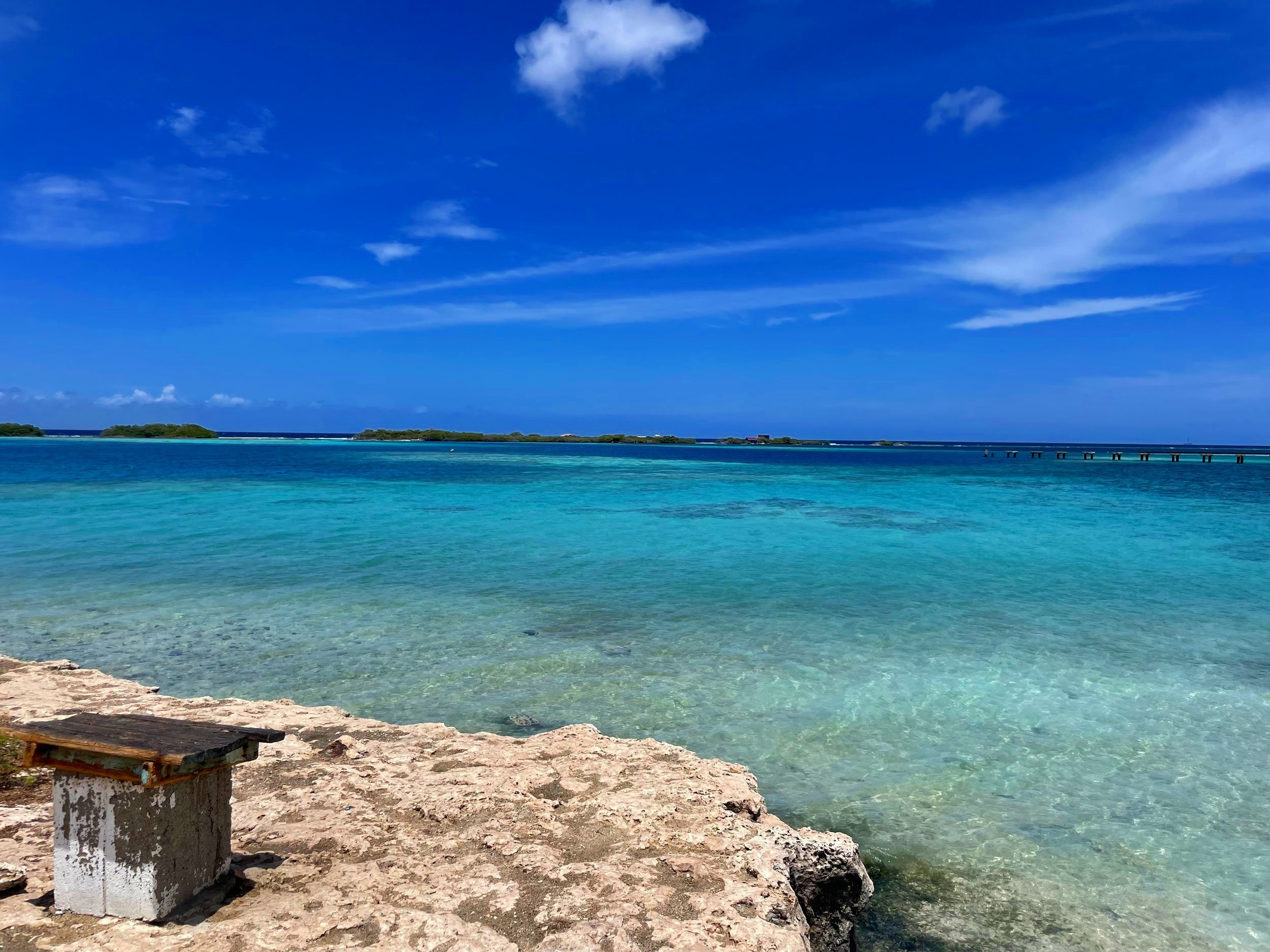
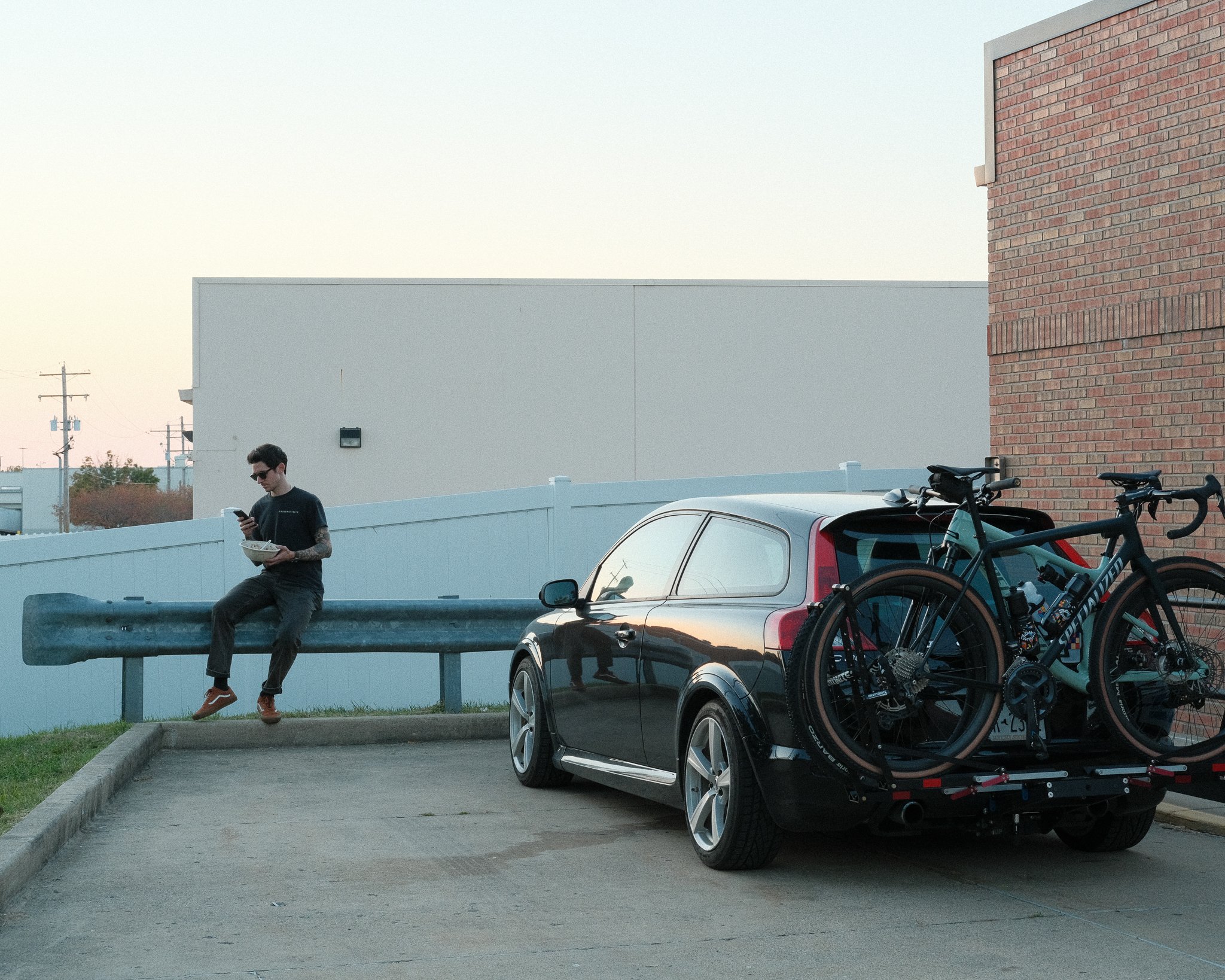
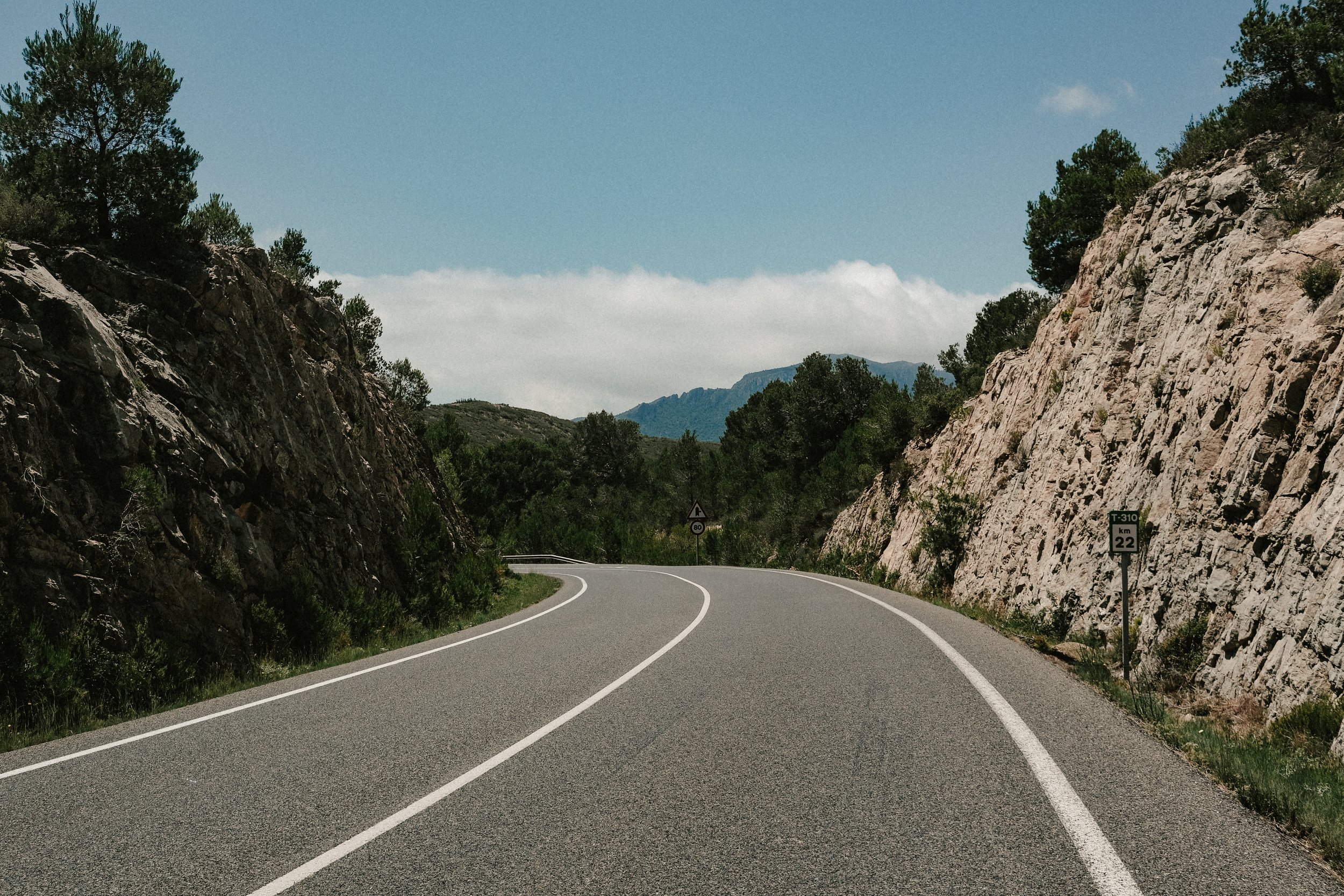



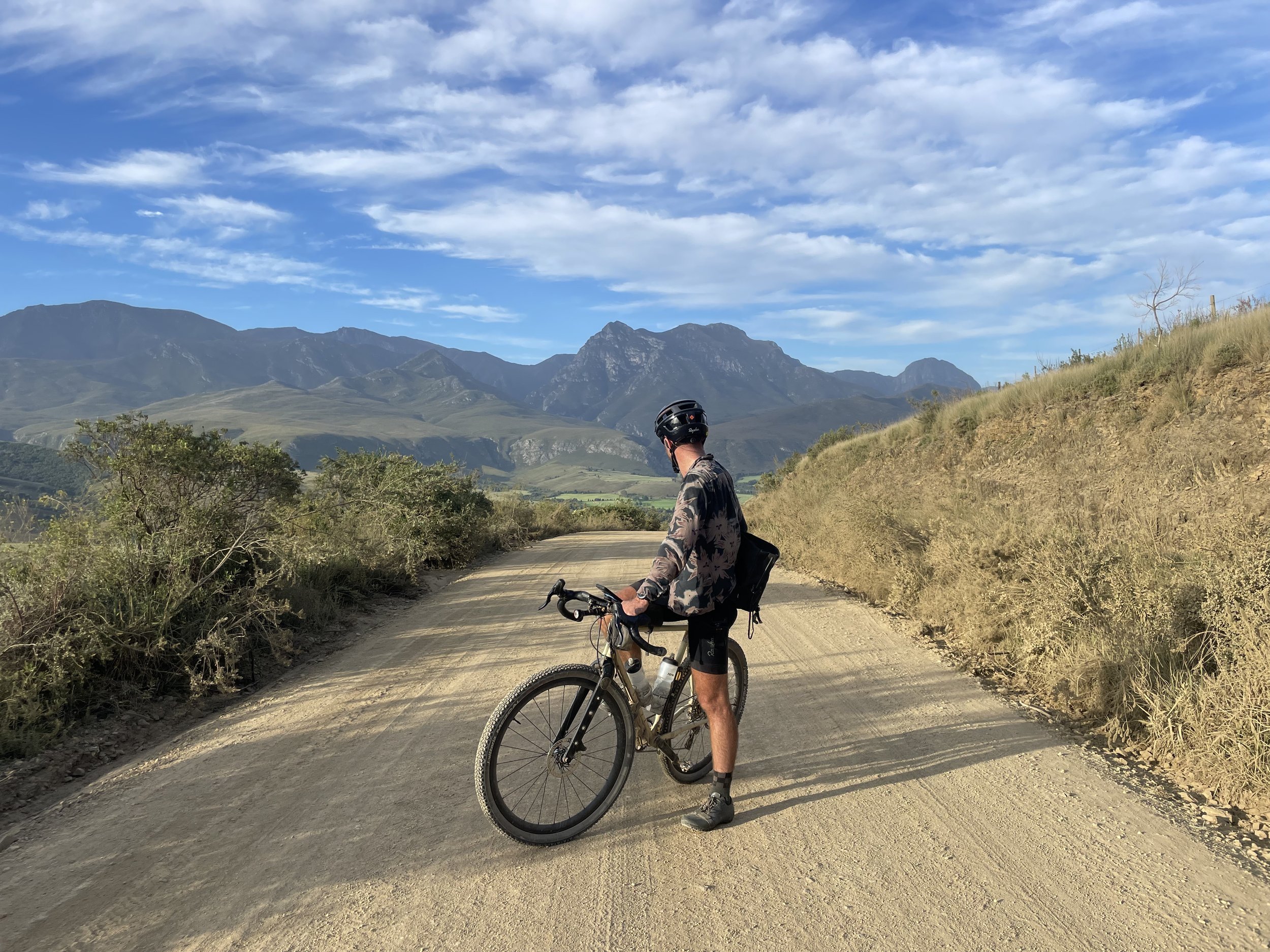


I was asked many times both before and after my trip, “why Colombia, why Medellin?” The following aims to explain exactly why I chose to visit this complicated city filled with so much character.